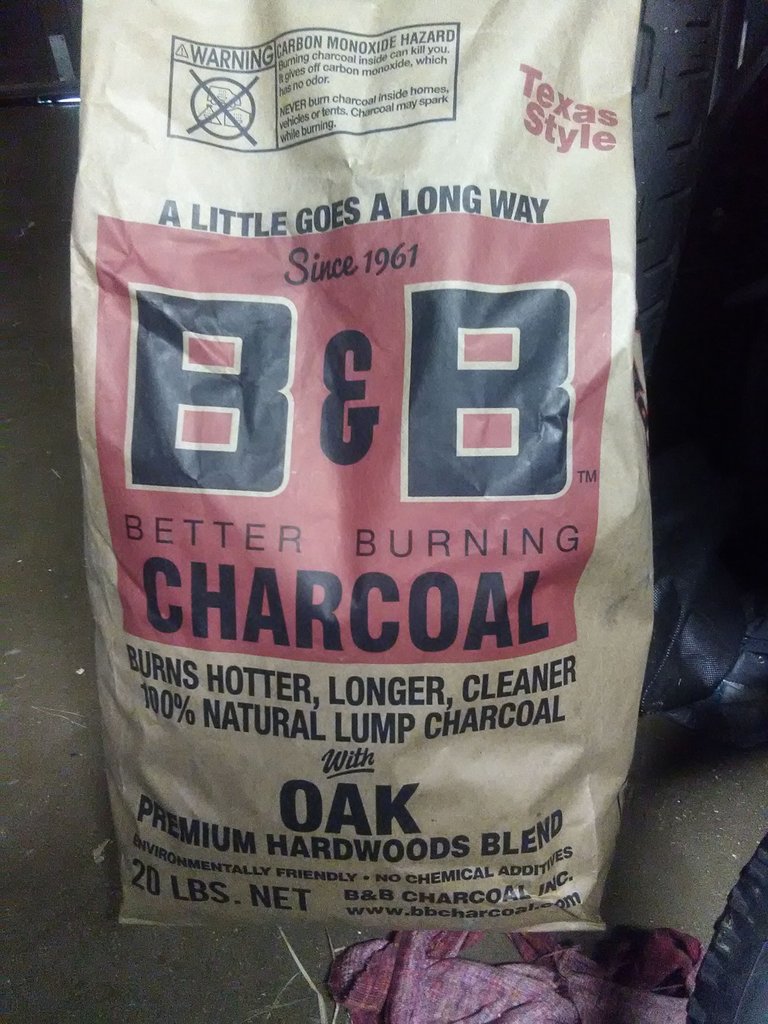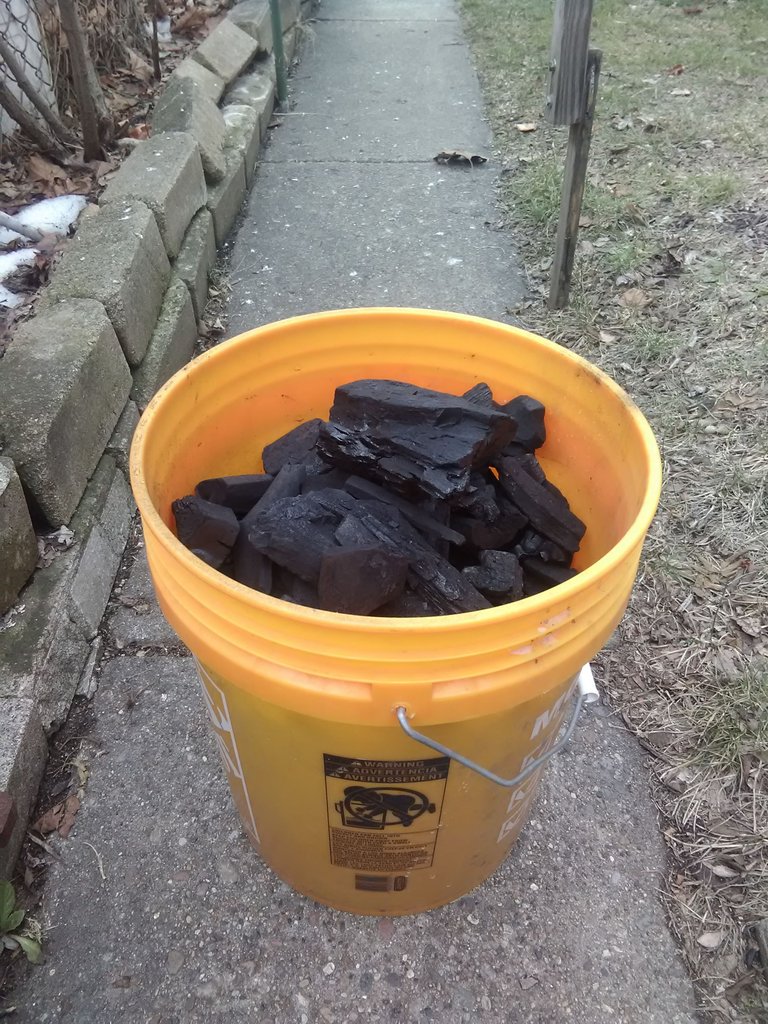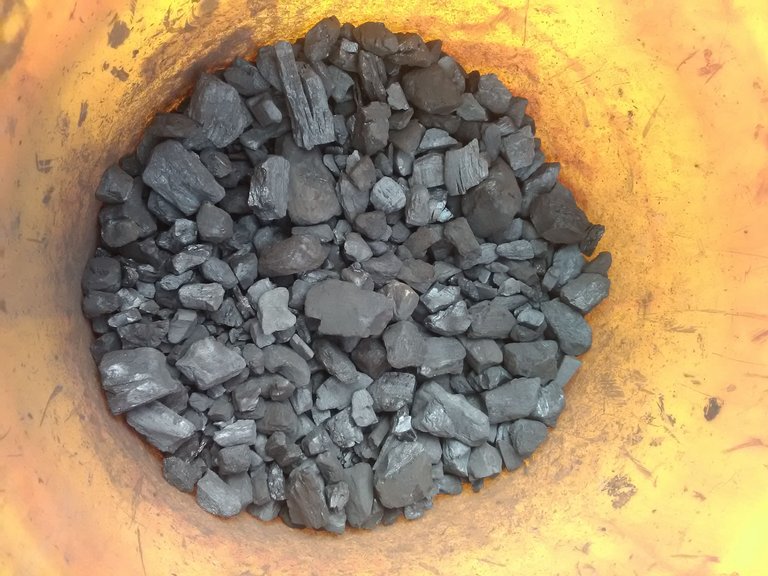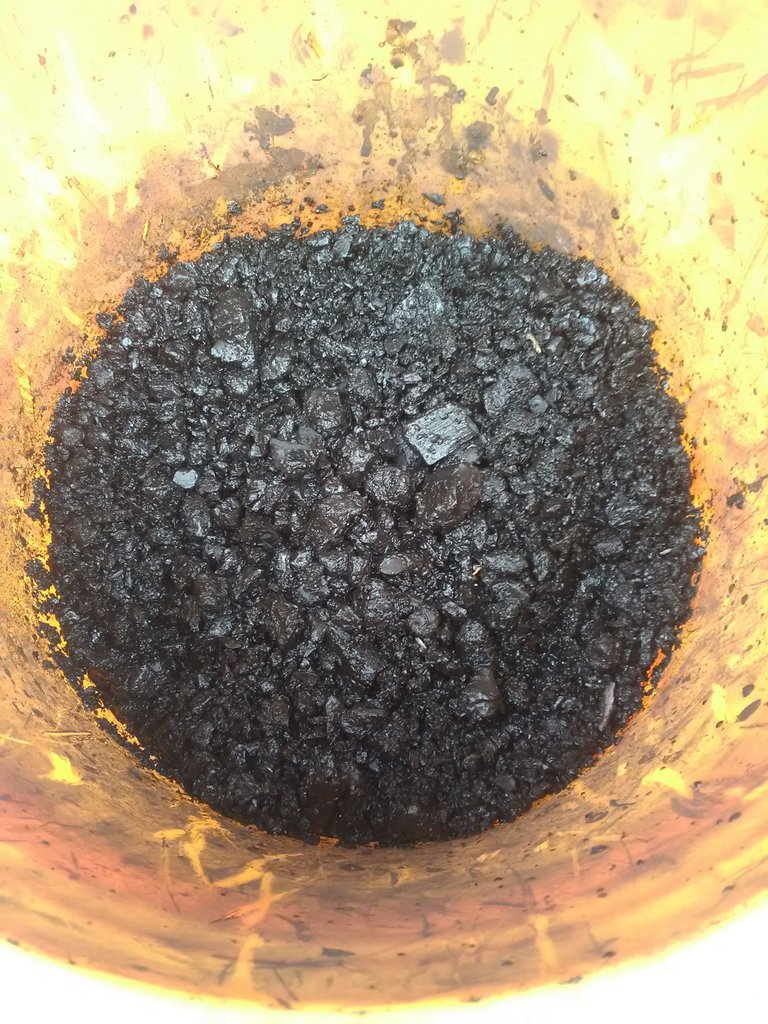Do you want more robust crops and better yields? Is your soil depleted? Is it too acidic? Do you have to water too often? If you answered yes to any of these questions, then you might be interested in adding biochar to your beds as a soul amendment.
What is biochar? Biochar is basically a type of charcoal produced by the pyrolysis of organic material in a low oxygen environment. What's left is a stable solid that is rich in carbon and very porous. By itself, it isn't very special, but this substance has some interesting capabilities. It is hygroscopic, meaning it has the ability to attract and retain moisture. It can also "hold" important nutrients such as potash and make them bioavailable and easy for plants to take up. Its high porosity provides a home for beneficial soil microfauna and mycorrhizal fungi (beneficial fungi that connect to plant roots and trade nutrients). For all these reasons, biochar makes a great amendment to improve the health of your soil.
So how do you go about making biochar? You can dig a great big ditch, burn some wood for half an hour, then smother it with soil. This is how the native peoples of South America did it and made terra preta or "black earth". There are many variations on this method and, to be honest, it's not as easy as it sounds. Pyrolysis (not combustion) is a very delicate chemical process and it could go wrong. Even if you do get it right, you will only get a 20-35% yield as the rest of the biomass becomes bio-oil and syngas. Most people, however, don't have the space or tools to create their own biochar.
You can skip this step entirely and just go to your local hardware store! Yes, they sell biochar and you've probably never noticed!

What you're looking for is all-natural lump charcoal. Make sure it has no chemical additives as you don't want these in your soil. Next, you'll need a 5-gallon bucket which can also be found at the hardware store. I reclaimed mine from a dumpster and it felt so good!

Next, fill your bucket will the charcoal. As you've probably noticed, there's lots of carbon dust. This is why you'll absolutely need a dust mask; the carbon dust is very harmful to your lungs.
The next step is to pulverize your charcoal. I used a spade and, although it was a little tiring, it worked well.

You want your pellets to be smaller than this. If they are too large, it is ineffective. I think a good pellet size should resemble cereal.
Some people make the mistake of adding it to your garden beds at this state. If you do this it will have adverse effects because it so dry. Remember, it will absorb water and nutrients. This is why you have to inoculate or "charge" your biochar first.
To charge your biochar, you'll want to add water and something nutrient-dense. You can add manure, worm castings, compost, even urine. I think the best mixture would be a combination.

Once you've added the inoculant, the dust danger is gone and you may safely remove your mask. Mix your slurry well. The next step is to let it sit and soak for 3 to 5 days.
Applying the biochar is perhaps even easier than making it. You have 2 options: till it into the soil or top dress the soil then add a layer of mulch on top. You can, of course, use this for potted plants as well! Mix your potting soil with a 1:16 ratio of biochar (if you're building a raised bed this ratio works as well).
Conclusion
Well, there you have it. You now know how to make a very valuable soil amendment that also sequesters carbon! You might ask, how often do I have to reapply biochar? The answer is: never! Once you add it to your soil, it will stay there for 10,000 years or more! Talk about a lasting impact!
This is my first time making biochar, and it's still winter here so I can't apply it just yet. I'm excited to see the effects of it on my crops! I hope you learned a thing or two from this article and encourage you gardeners out there to make some biochar!
That's it, for now!
Until next time.
Thank you for your support!
Congratulations @proto26! You have completed the following achievement on the Hive blockchain and have been rewarded with new badge(s) :
Your next target is to reach 30000 upvotes.
You can view your badges on your board and compare yourself to others in the Ranking
If you no longer want to receive notifications, reply to this comment with the word
STOPYour post has been featured in the Lotus Garden newsletter, which will be published tomorrow.
You've been curated by @minismallholding for Natural Medicine's homesteading newsletter, supporting gardeners, permaculturalists, foragers, environmentalists and other earth centred relationships with the earth.
CommunityIIDiscord
hello from noise.cash! awesome article, needed some good lump charcoal for my grill anyway. double duty!